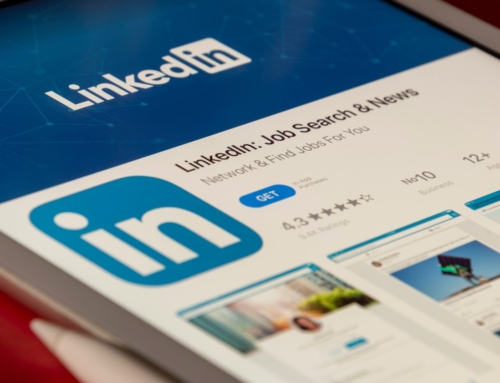So you have a good content creation game plan. Maybe you focus topics on keywords, the latest SEO trends, tapping into expert resources, or breaking down barriers in the sales process. But writing content takes time (both for drafting and chasing approvals) and involves a few key people who want to immediately know the results of the effort. Maybe one of them is you.
Does your content program feel like an endless cycle of, “hurry up and wait”? It doesn’t have to. But you need to focus on improving the “hurrying up” side, not the waiting.
Rarely will published content be the key to an immediate sale. Your content library as a whole is what helps wake someone up to a problem you can help solve, position your company as the thought leader on a topic or industry niche, and serve as a guide to taking an action. The ROI is in how content can take site visitors through the first steps of the buyer’s journey, which ultimately leads to a sale.
Here are some reasons why content that sits is a good thing:
Long, dense content improves SEO rankings.
Google is looking for credible resources to serve up as its search results. Google doesn’t want to know how your company can help people and businesses in-person. It wants to know how your website helps people and businesses online. Dense content inherently contains important keywords for the target audience and demonstrates the expertise of company leadership. It also provides an opportunity to insert links to external resources and cross-links to other content on your site — both SEO best practices.
You are attracting an audience that doesn’t know you yet.
What do we do when we have a problem or a question? We ask Google. Content focused on the very early stages of the buying process will serve your company up in a general topic search. If your content can be a tool to answer a target audience’s questions or solve their problem, they will come back to your site for a resource. When they are ready to make a purchase decision, you will be top of mind.
You are helping prospects with their due diligence.
Often times in B2B companies, the person who would be your day-to-day contact needs to convince a superior to sign on the dotted line. The more information available on your website that canbe used as a basis to vet you as the ideal choice, the better.
The types of content you need to build credibility around your brand and your website isn’t technical in nature, so it is faster to write, get approval, and publish. Peppering the following types of articles into your editorial schedule also eases the “hurry up” deadline stress.
Foundational — Basic definitions and explanations of what you do offer strong keywords for SEO and help audiences early in the buying process grow their understanding of the product, service, or industry landscape.
Cost comparisons or competitive analysis — Instantly differentiate your product from the competition with a research-based article, infographic, or table that breaks down a buyer’s average options.
Opinions on industry trends — Join the online conversation of an industry issue your experts are confident speaking to by stating your timely positioning or advice.
There is one piece of the content “waiting” puzzle that is critical to ROI. It’s how you are promoting your content once you publish it on your website. Answer these questions to determine if you need to rethink how you can improve your results.
1. Are you sharing the article with your contact database through email communications, on social media, or by encouraging sales reps to pass the link along?
2. Are you including calls to action on the article page that encourage visitors to go deeper into your site, or contact you for more information?
3. Are you missing an opportunity to capture information about the people viewing the content? (First you need to determine if the content is worthy of a download request)
4. Are you submitting your more valuable articles to trade publications and online business media?
No matter if you are in the business-to-business or business-to-consumer marketing world, content marketing can be used to increase sales and improve customer loyalty. But it’s through building your company up over time to be seen as a valuable resource to suspects, prospects, and returning customers alike that provides the ROI.








